Aborgines, is a 100% handmade ceramic design and color options are available.
Aborgines 100% handmade ceramic design – MG1
These products are presented under the ‘Blue Cat’ brand.
Welcome to my new ceramic concept. Those items are produced in limited quantities. This is only for introduction products. You can buy this product in the video you see, ask for other colors, or order more models if you like. Feel free to contact with me.I inspired the Aborigen culture. Patterns project their culture. I plan on jug,plate,glass, karaff, etc. models soon, but first I need to redeem my expenses, which I invested this time. You will get those items with unique packaging and a story.
All items are %100 hand made.
I created the ‘Blue Cat’ logo. I was also inspired by the Australian Aborgines story.I have particular ceramic products that are cracked, and I plan to sell them at a 30%–40 discount price. You can find our other ceramic products here. You can visit our Frequently Asked Questions area for your requests such as order, post-order delivery, special design. Also, if you wish, you can contact us from the contact area. You can find detailed information about the history of ceramics here.
Refund Policy
Money is non-refundable.
The artwork is ready to ship, but it may take time TIME produce a packaging. AFTER SELLING PRODUCT,I NEED A TIME TO PRODUCE PACKAGING. PACKAGING. Shipping, customs, and other expenses are purchased by the customer. DELİVERİNG SCHEDULE AND POLICY VARY OF LOCATION AND DISTANCE
Products may have color, form, or any kind of deformation; literally, that’s acceptable and proves hand-made production. If you have any doubts about this case,let me know.
© 2020 Clay&Glass. All rights reserved.Images are not alowed to use by Clay&Glass
History of Ceramics Art
There is a long history of ceramic art in almost all developed cultures, and often ceramic objects are all the artistic evidence left from vanished cultures, like that of the Nok in Africa over 3,000 years ago.[26] Cultures especially noted for ceramics include the Chinese, Cretan, Greek, Persian, Mayan, Japanese, and Korean cultures, as well as the modern Western cultures. There is evidence that pottery was independently invented in several regions of the world, including East Asia, Sub-Saharan Africa, the Near East, and the Americas.
Paleolithic pottery (c. 20,000 BP)
Venus of Dolní Věstonice, before 25,000 BCE
20,000-10,000 year old pottery with re-construction repairs found in the Xianrendong cave, China.
Although pottery figurines are found from earlier periods in Europe, the oldest pottery vessels come from East Asia, with finds in China and Japan, then still linked by a land bridge, and some in what is now the Russian Far East, providing several from 20,000–10,000 BCE, although the vessels were simple utilitarian objects. Xianrendong Cave in Jiangxi province contained pottery fragments that date back to 20,000 years ago.
These early pottery containers were made well before the invention of agriculture, by mobile foragers who hunted and gathered their food during the Late Glacial Maximum. Many of the pottery fragments had scorch marks, suggesting that the pottery was used for cooking.
Before Neolithic pottery: stone containers (12,000–6,000 BC)
Many remarkable containers were made from stone before the invention of pottery in Western Asia (which occurred around 7,000 BC), and before the invention of agriculture. The Natufian culture created elegant stone mortars during the period between 12,000 and 9,500 BC. Around 8000 BC, several early settlements became experts in crafting beautiful and highly sophisticated containers from stone, using materials such as alabaster or granite, and employing sand to shape and polish.
Artisans used the veins in the material to maximize visual effect. Such object have been found in abundance on the upper Euphrates river, in what is today eastern Syria, especially at the site of Bouqras. These form the early stages of the development of the Art of Mesopotamia

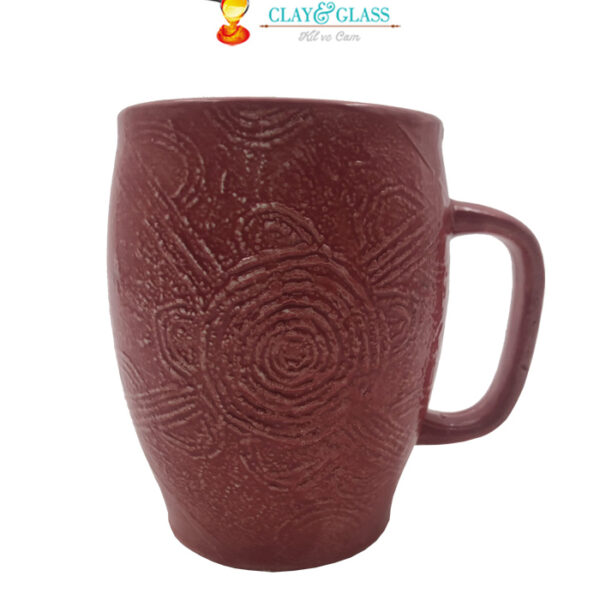
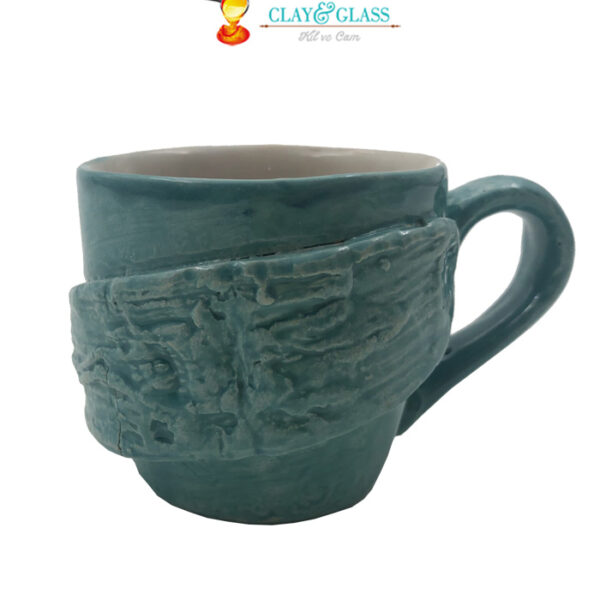
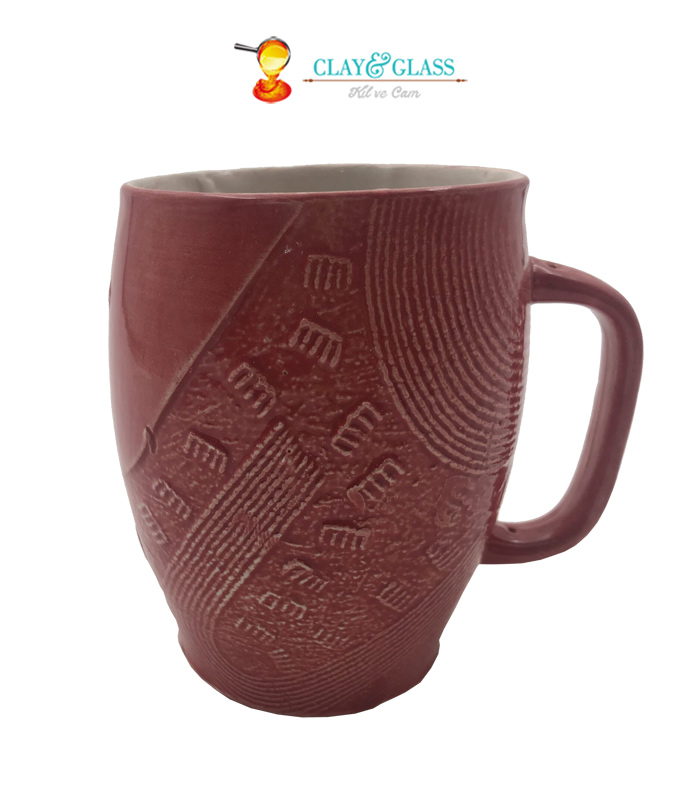
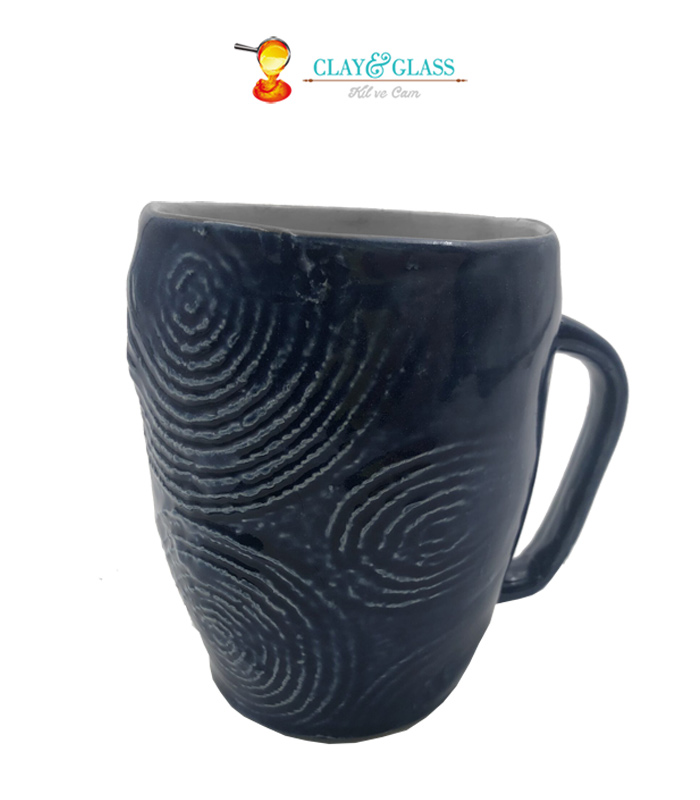
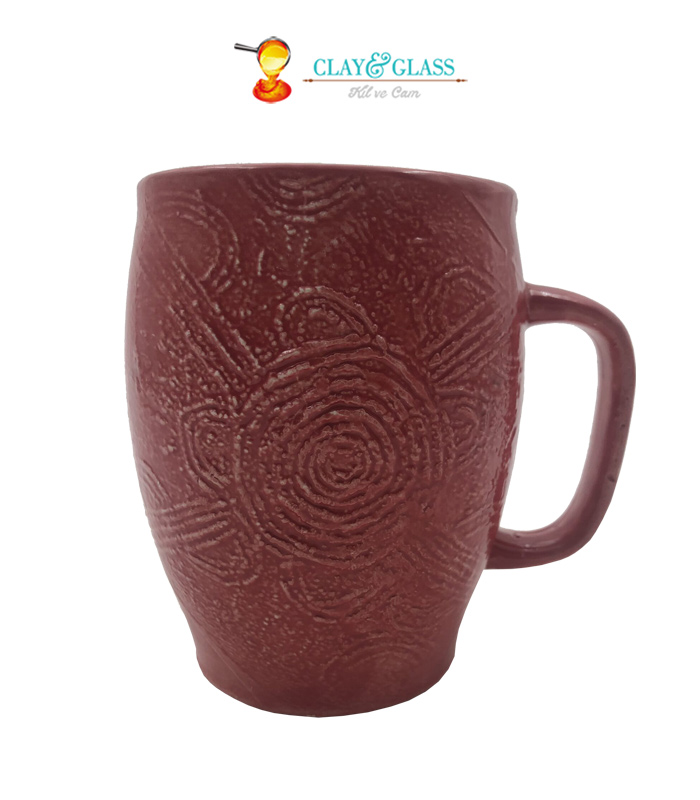

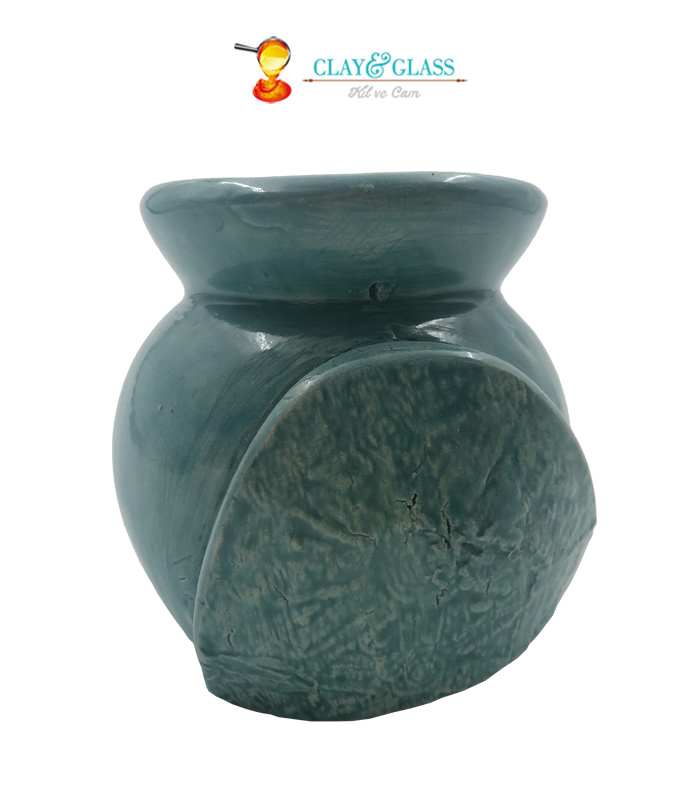
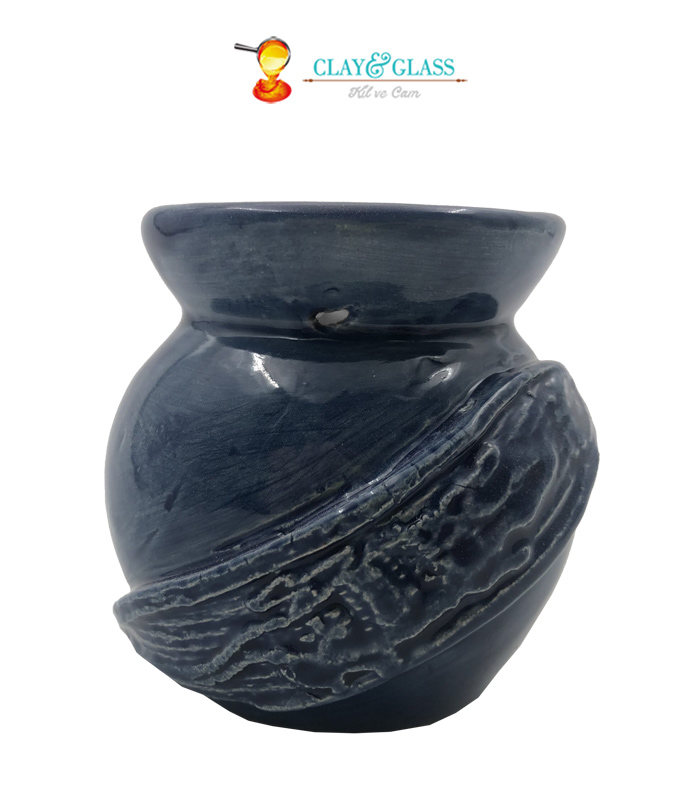
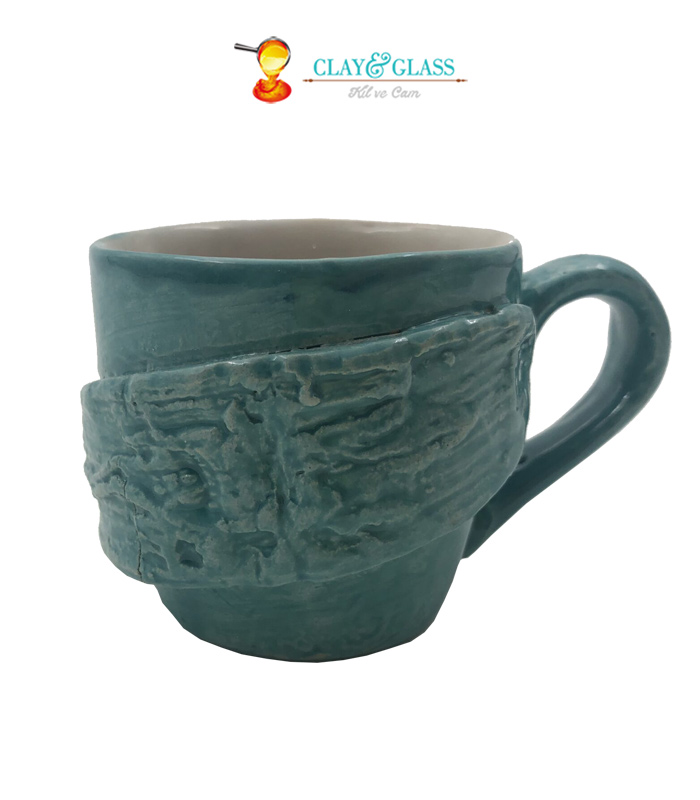

Değerlendirmeler
Clear filtersHenüz değerlendirme yapılmadı.